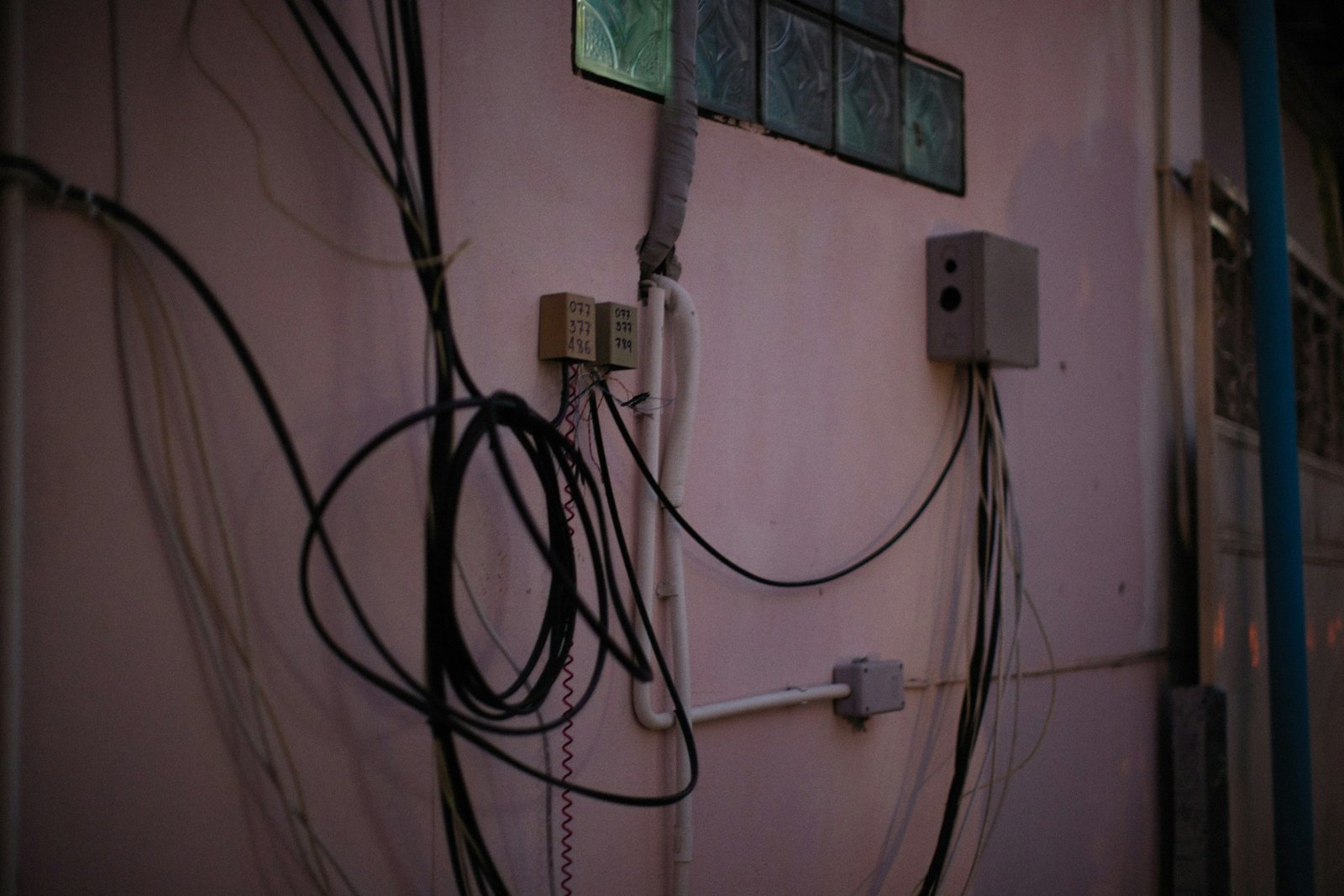
Electrical emergencies can occur without warning. From sudden power outages to sparking sockets, these issues are not only inconvenient—they can be extremely dangerous. Homeowners and businesses need immediate, professional support to prevent damage, injuries, or even fires. An emergency electrician provides the expertise, tools, and rapid response required to handle urgent electrical problems safely.
According to industry expert Milad Parvizi, quick intervention is often the difference between a minor issue and a serious hazard. He explains:
“Electrical emergencies should never be ignored. Whether it’s a sparking socket, a tripped circuit, or a complete power failure, calling a trained professional immediately is the safest course of action.”
What Does an Emergency Electrician Do?
An emergency electrician specialises in urgent electrical issues that require immediate attention. Unlike routine maintenance or planned repairs, emergencies demand quick diagnosis and fast action to restore safety and functionality. Common services include:
- Power outages – Diagnosing and restoring electricity to homes or businesses.
- Sparking or burning sockets – Identifying faulty wiring and preventing potential fires.
- Faulty circuit breakers or fuse trips – Ensuring safe and stable power distribution.
- Electrical shocks – Addressing dangerous live wires or faulty appliances.
Milad emphasises that many emergencies start small, such as a flickering light or buzzing outlet, but can escalate quickly if left unattended.
Why Speed Matters in Electrical Emergencies
Time is critical during an electrical emergency. A delay can lead to:
- Increased fire risk – Exposed wires or overloaded circuits may ignite.
- Property damage – Short circuits can destroy appliances or electronics.
- Health hazards – Electrical shocks can cause serious injury or even be fatal.
- Business disruption – Power loss can halt operations, resulting in financial losses.
By calling an emergency electrician promptly, these risks are minimised. Professionals are trained to assess the situation swiftly, isolate the problem, and implement safe, effective solutions.
Common Emergency Scenarios
Some of the most frequent electrical emergencies reported in the UK include:
- Complete power failures – Often caused by faulty circuits, blown fuses, or utility issues.
- Sparking sockets or plugs – Indicative of damaged wiring or overloaded circuits.
- Tripping circuit breakers – A warning that an electrical fault is overloading the system.
- Burning smells from electrics – A serious sign that wiring or appliances are overheating.
Milad Parvizi notes:
“Homeowners sometimes attempt DIY fixes during emergencies. This is extremely risky. Electrical systems are complex and dangerous, and only trained professionals can ensure safe resolution.”
How Emergency Electricians Work
An emergency electrician follows a structured approach:
- Assessment – Quickly identify the source of the problem.
- Isolation – Cut off electricity to affected areas to prevent accidents.
- Repair or Temporary Fix – Stabilise the system and prevent further damage.
- Permanent Solution – Replace faulty wiring, circuits, or components as necessary.
- Safety Check – Verify the entire system is secure and operational.
This method ensures that immediate risks are managed while providing a lasting solution to prevent repeat emergencies.
Choosing a Reliable Emergency Electrician
When selecting an emergency electrician, consider:
- Availability – 24/7 response is crucial for true emergencies.
- Experience – Technicians should be certified and experienced with urgent electrical issues.
- Tools and Equipment – Proper testing equipment is essential for safe and effective work.
- Reputation – Reviews, recommendations, and professional qualifications matter.
Milad adds:
“Not all electricians are equipped for emergencies. Always choose someone trained specifically for urgent interventions to ensure both safety and peace of mind.”
Preventing Electrical Emergencies
While emergencies cannot always be predicted, preventive measures can reduce their likelihood:
- Schedule regular electrical inspections.
- Upgrade old or faulty wiring and fuse boards.
- Avoid overloading circuits with high-powered appliances.
- Install RCDs (Residual Current Devices) for added protection.
Proactive maintenance combined with professional emergency support forms the best defence against sudden electrical hazards.
Conclusion
Electrical emergencies are stressful and dangerous, but swift professional intervention can make all the difference. As Milad Parvizi advises, calling a trained emergency electrician immediately ensures safety, prevents property damage, and restores functionality without unnecessary risk. By understanding common emergency scenarios and taking preventive action, homeowners and businesses can minimise danger and enjoy peace of mind.





